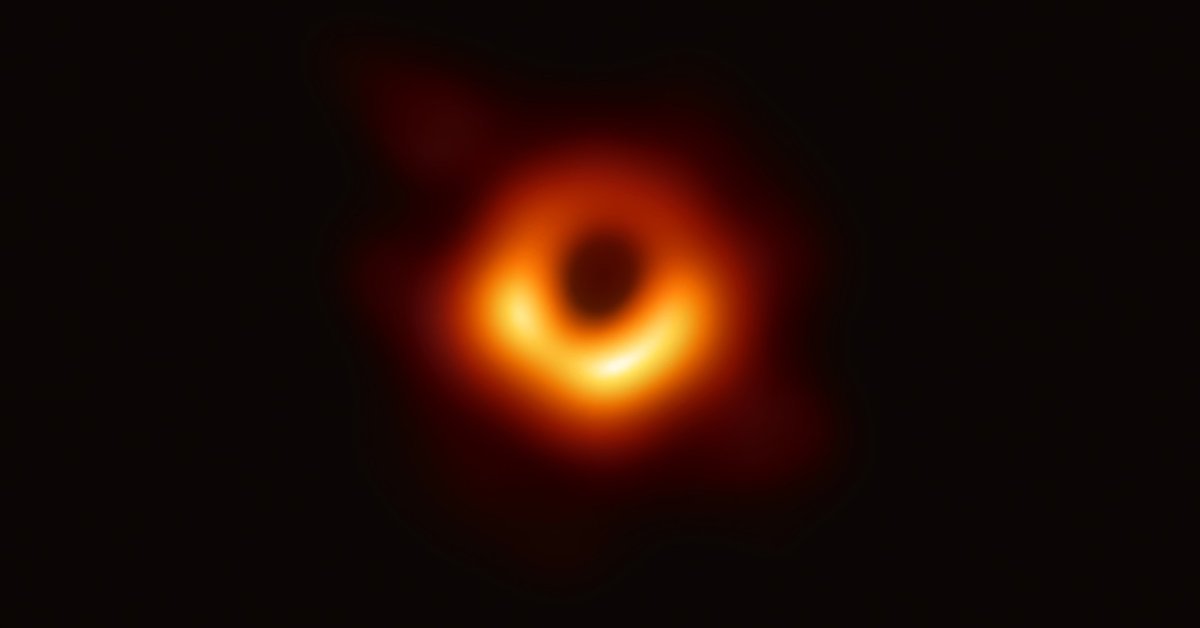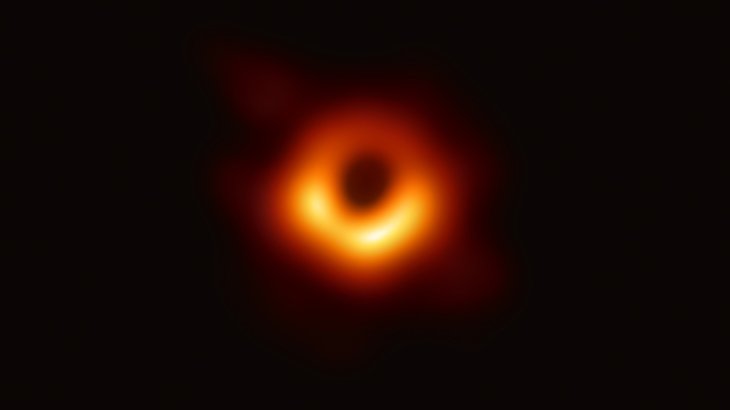Why Does The Black Hole Photo Appear As A SpaghettiO?
Anita - Apr 11, 2019

After the first image of the black hole was announced, there are various trippy science discussing about it.
- Scientists Research Black Holes In A Bid To Build Quantum Teleporter
- Scientist Team Behind First Ever Image Of A Black Hole Wins $3 Million Breakthrough Prize
- NASA Released A New Black Hole Simulation And It's Mesmerizing
Our Milky Way galaxy is circling the cosmic drain. There is a vast, inescapable void at its center, which is devouring all matter and energy in its path - aka a black hole.
According to astronomers, in fact, all galaxies circle these voids, but no one has witnessed one till today. On April 10, an international scientist team released a photo of an enormous active black hole. It is located in a galaxy called Messier 87 (55 mil light years from Earth) and is 6.5 billion times the Sun’s size.

The photo is beautiful and strange, however, why is it similar to a SpaghettiO?
First, remember that the image we saw today is the first direct photo of a black hole, but it's not what Earthlings already know. The project called the Event Horizon Telescope focused on the stars and collected radio data in order to build a photo of the black hole in the Messier 87 galaxy.
What these scientists recorded is, in fact, what's called the “shadow” of the black hole. The hole is so thick that it can warp time and space surrounding it, which consumes nearby light. Fundamentally, a black hole is a light absence, so it is impossible to observe with traditional devices.
But, each black hole is surrounded by an "event horizon", where light cannot escape its maw. Being located outside the horizon is the ‘accretion disk’ which creates a superhot chaotic energy and matter swirl that slips into the black hole, or else, be ejected into space.
In this ring of matter, photons eddy around the black hole’s edges, which is a void emitting no light. This is what the EHT captured.
Heino Falcke, head of the Event Horizon Telescope Science Council, said in a media release.

Therefore, what we see is not actually a black hole, but rather spacetime distortion it leaves in the wake, which considers it is the first glimpse of an Albert Einstein-theorized phenomenon a hundred years ago.
The NSF said in a clip that explains about the phenomenon:

Traces from doomed photons sought their road to the Earth, despite 55 mil light years away.
Featured Stories

Features - Jul 01, 2025
What Are The Fastest Passenger Vehicles Ever Created?

Features - Jun 25, 2025
Japan Hydrogen Breakthrough: Scientists Crack the Clean Energy Code with...

ICT News - Jun 25, 2025
AI Intimidation Tactics: CEOs Turn Flawed Technology Into Employee Fear Machine

Review - Jun 25, 2025
Windows 11 Problems: Is Microsoft's "Best" OS Actually Getting Worse?

Features - Jun 22, 2025
Telegram Founder Pavel Durov Plans to Split $14 Billion Fortune Among 106 Children

ICT News - Jun 22, 2025
Neuralink Telepathy Chip Enables Quadriplegic Rob Greiner to Control Games with...

Features - Jun 21, 2025
This Over $100 Bottle Has Nothing But Fresh Air Inside

Features - Jun 18, 2025
Best Mobile VPN Apps for Gaming 2025: Complete Guide

Features - Jun 18, 2025
A Math Formula Tells Us How Long Everything Will Live

Features - Jun 16, 2025
Comments
Sort by Newest | Popular